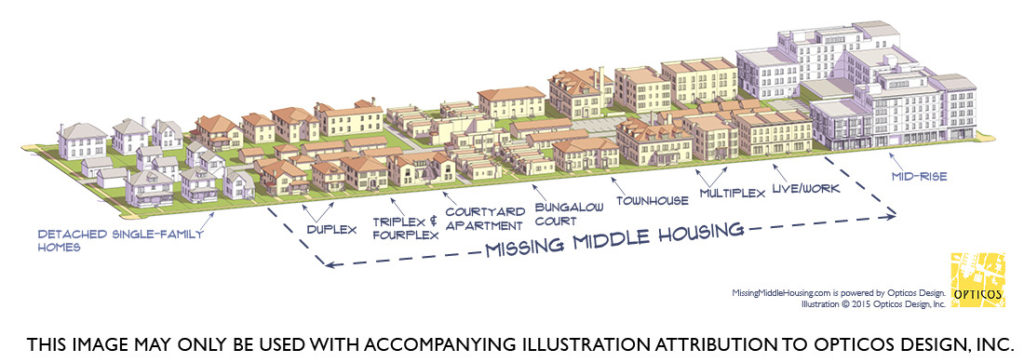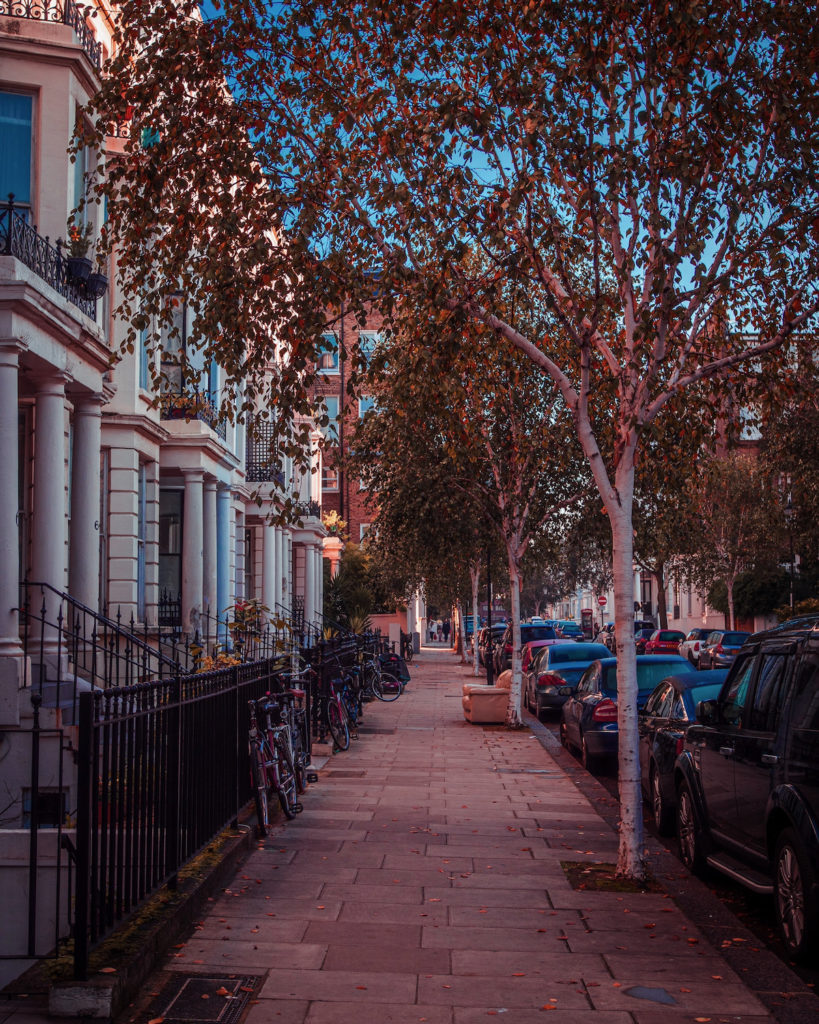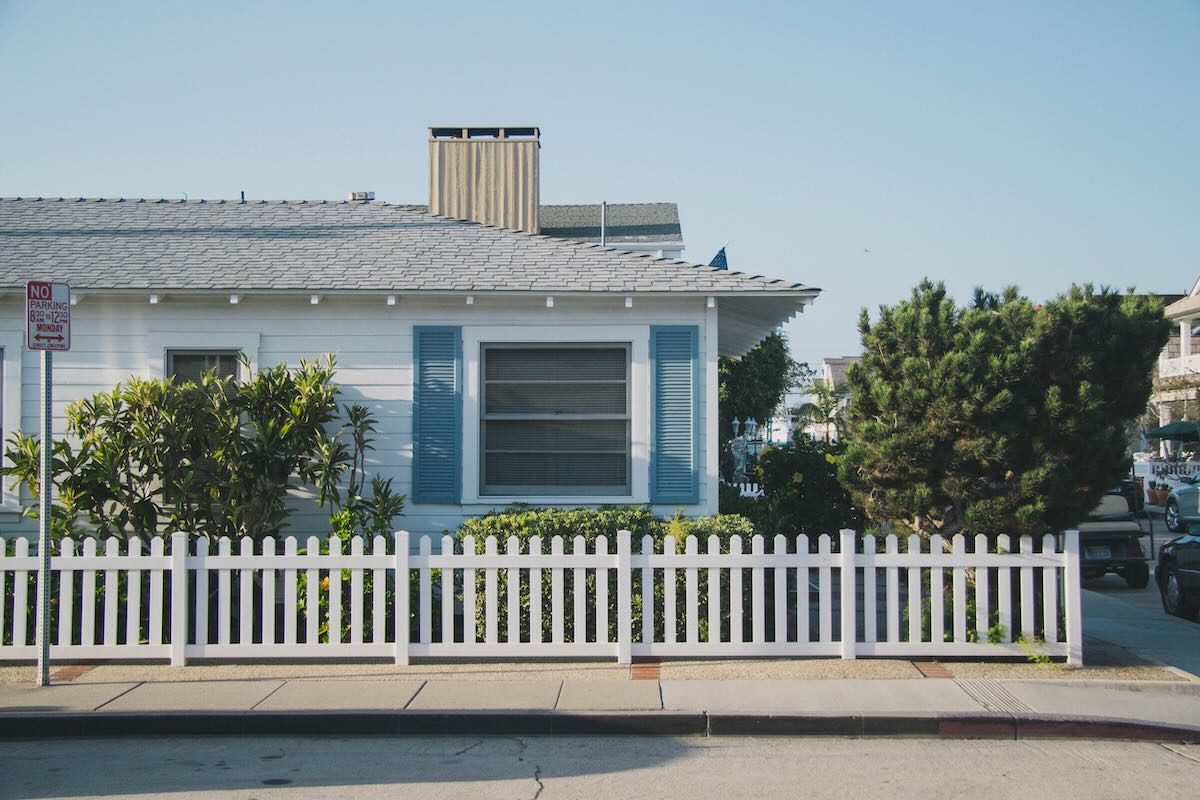Street Competition 4, Issue 33: Up-Zoning

Up-zoning – the process of increasing zoning density, typically to allow multi-family units to be built on residential lots.
Brad Cartier. Million Acres
Only in North America
Justin Fox of BNN Bloomberg opined that exclusionary single-family zoning is strange. He could not find examples of widespread detached single-family home zoning in other countries to the extent that it is found in the United States. I think he may have missed Canada.
On January 19, 2021, Sacramento city council voted 8-0 to end zoning for single family homes. Sacramento joins Portland, Oregon; Minneapolis, Minnesota; and, Seattle, Washington as one of the first cities in the US to pass this measure.
The Oregon State legislature has now eliminated traditional single-family zoning on a state wide basis. With this change, cities with more than 25,000 residents are allowed duplexes, triplexes, fourplexes, and “cottage clusters” on lots reserved for single-family houses. Cities of at least 10,000 people, duplexes would be allowed in single-family zones.
Luke Rosiak argues in the Daily Caller, a right-of-centre publication, that eliminating exclusive single family zones will upset municipality efforts to deliberately create and preserve neighbourhoods with particular character. Conservative columnist Steven Greenhut, opines that Rosiak makes a strange argument for a conservative.
Greenhut posits that liberals usually argue that good government planning provides for public good. The right generally argues that the private sector plus minimal government interference works best to provide for the things people want. Greenhut supports up-zoning because it represents a reduction in regulation, not the addition of limitations. Up-zoning doesn’t preclude single family homes. It only grants additional rights to build multiple residential units in areas previously reserved for single-family use.
The Environment
Despite Covid-19 hitting the city-expansion pause button, urban areas will continue to grow and will double in population by 2050. Soon cities will exhaust the supply of post-industrial land and parking lots to build high-rises. North-American metro areas have zoned most residential land as exclusively single-family. The surfeit of single-family zoning has chewed up acres of forest and agricultural land. It restricts the amount of land available for parks and recreational areas.
The transportation carbon footprint of an urban household with one car could be as many as five times smaller than a suburban three-car household.
Doug Trumm, The Urbanist
Tree Hugger’s Lloyd Alter considers exclusionary single-family zoning the single largest contributor to urban air pollution as drive-friendly communities promote long commutes. Jake Wegmann echos Alter’s opinion in an article that appeared in the Journal of the American Planning Association. Randy Shaw writes that exclusionary zoning laws act as a fundamental barrier to decarbonization.
The up-zoning objective of “Missing-Middle” development has the potential to:
- Limit urban sprawl thus preserving forests and agriculture
- Gently increase population density
- Provide more impetus to the evolution of transit-friendly, walkable communities with neighbourhood retail and services
- Reduce the number of cars on the road
All of these factors would lead a significant reduction of urban air pollution.
The Missing Middle is a term coined by Opticos Design that refers to the whole spectrum of homes in between single-family houses and large apartment buildings. This includes duplexes, triplexes, fourplexes, small-scale apartment buildings with a handful of units, cottage courts, townhouses, and so forth.
Daniel Herriges, Strong Towns

Affordability
Also, up-zoning aims to improve housing affordability. Exclusionary single-family zoning hurts new home supply and damages city capacity to absorb population growth. City neighbourhoods with restrictive zoning cause a search for developable areas in city centres. These are often located in poorer neighbourhoods leading to gentrification and displacement.
Affordability does not improve if up-zoning does not lead to new development and increased supply. For now, Empirical evidence that reflects the impact of up-zoning on increased supply and rent reductions remains anecdotal. It is a relatively new phenomena in North America. It does appear evident that selective up-zoning of certain neighbourhoods and TOD designations do nothing for affordability. These sites explode in value due to the exclusive nature of the spot zoning while doing little if anything to reducing the cost of housing. Up-zoning works best when over an entire metropolitan area. Or, as in the case of Oregon, across an entire state.
The Main Counter Argument
Opponents arguments to up-zoning rest in the belief that the quiet and leafy nature of single family communities will disintegrate. They argue that the increased number of triplexes, fourplexes, and “cottage clusters” will lead to more noise and more traffic. There is no evidence to support this viewpoint. The quietest, most idyllic apartments that I have rented in Europe were in dense, populated areas with tree-lined streets and large parks close by. There were cars but most people used public transit or active transportation. Street side retail and services proliferated.

Exclusionary Single-Family Zoning is Strange
I had to pick one element of urban land use to build my perspective of urban land use and community. I choose to live in a single-family home but I would like it to be part of a denser neighbourhood. Neighbourhood retail, restaurants, and good public transit need density to prosper. Exclusionary single-family zoning is strange.
The usual reminders:
- Buy better, buy less, reduce, repair, reuse and recycle
- Shop local, support local businesses, buy from local farms, and support local artisans and manufacturers
- Wear face masks where required, wash your hands, practice social distancing, hydrate, and exercise





